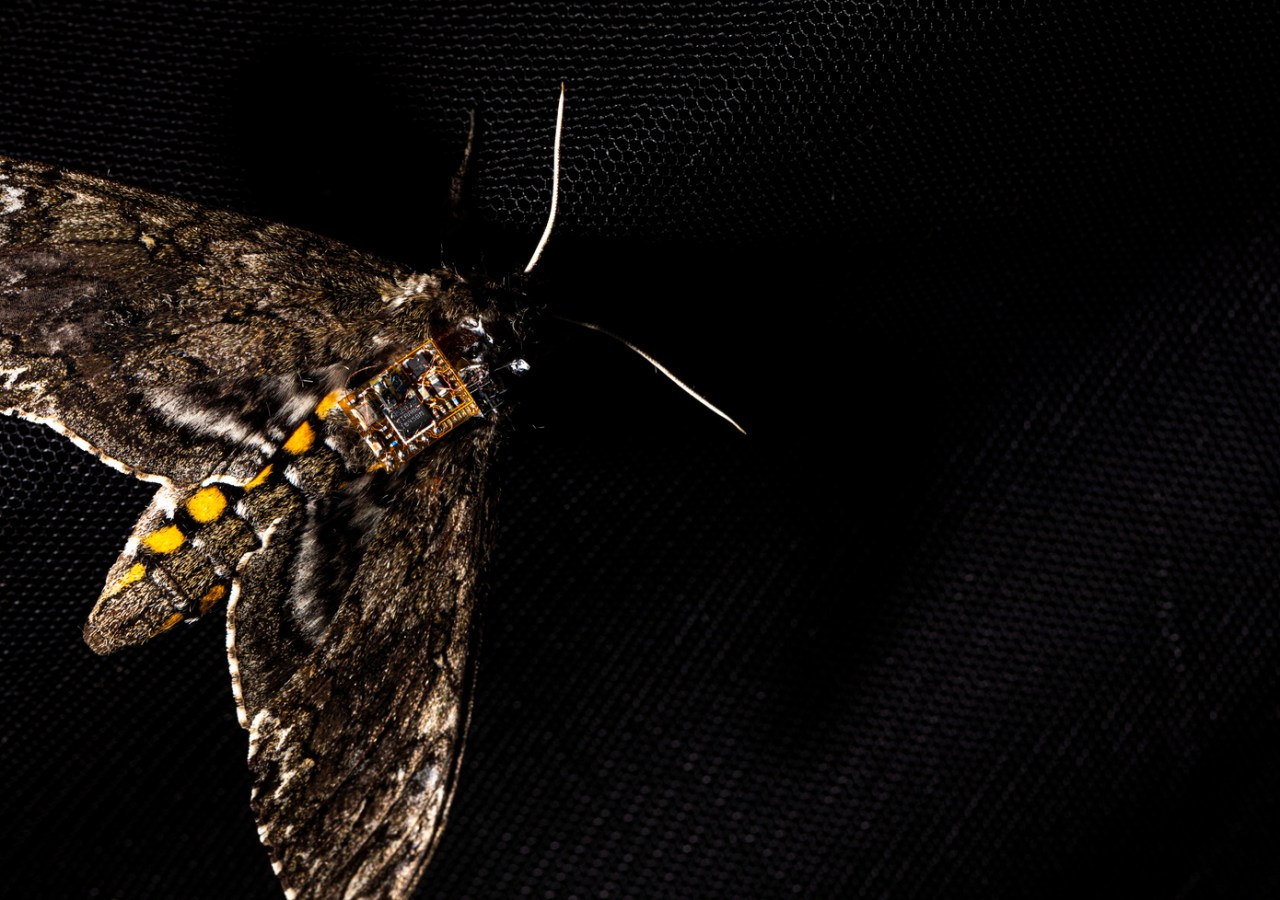Imagine a world where the fluttering of moths could be used to deliver vital data, providing insights into our environment that we could only dream of before. This revolutionary concept is becoming a reality thanks to groundbreaking research from the University of Washington, led by graduate students and the innovative tech wizard Shyam Gollakota. In this blog post, we’ll explore the fascinating integration of biology and technology that enables moths to serve as living delivery vehicles for ultra-small sensors.
The Moth as a Micro Delivery System
Tiny sensors that weigh less than a hundredth of an ounce are the core of this project. What sets this approach apart is its ability to leverage moths, particularly the hawk moth, as the transport medium for these sensors. Gollakota asserts, “This is the first time anyone has shown that sensors can be released from tiny drones or insects such as moths.”
This innovative method opens the door to numerous applications, from environmental monitoring to sound detection, all thanks to a lightweight setup that offers a small ecological footprint. The sensors can be equipped with various functionalities, including:
- Environmental monitoring
- Sound and light sensing
- Data collection for remote or hard-to-reach areas
Design and Functionality
The design of these tiny gadgets is crucial for their effective delivery. They are held onto the moth using a tiny magnetic pin, which allows easy deployment. When a wireless signal is sent, a current is generated in a coil surrounding this pin, altering its magnetic field to release the sensor. This inventive mechanism ensures that the moth can carry and drop the device with minimal effort.
Additionally, the battery life of these sensors is impressive, potentially lasting for years due to their low power consumption, making them perfectly suited for long-term ecological studies.
Applications and Future Prospects
Picture this: cheap and long-lasting sensors are distributed across ecosystems by moths that can navigate difficult terrains with ease. Data collected from these sensors could revolutionize the study of various ecological systems. Researchers have the chance to gather insights from areas previously deemed inaccessible or too labor-intensive to monitor effectively.
The potential for covert operations is also an intriguing facet of this technology. While it could theoretically allow stealthy data collection in sensitive areas, ethical considerations must certainly be taken into account.
Conclusion: A Flurry of Possibilities
This pioneering project underscores the growing trend of biomimetic technologies that draw inspiration from the natural world to solve complex human challenges. With a proven viability in deploying sensors on moths, the next logical step could be experimenting with smaller insects, such as bees or even ants, further broadening the scope of this innovative technology.
At fxis.ai, we believe that advancements like these are crucial for the future of AI, as they enable more comprehensive and effective solutions. Our team is continually exploring new methodologies to push the envelope in artificial intelligence, ensuring that our clients benefit from the latest technological innovations. For more insights, updates, or to collaborate on AI development projects, stay connected with fxis.ai.

